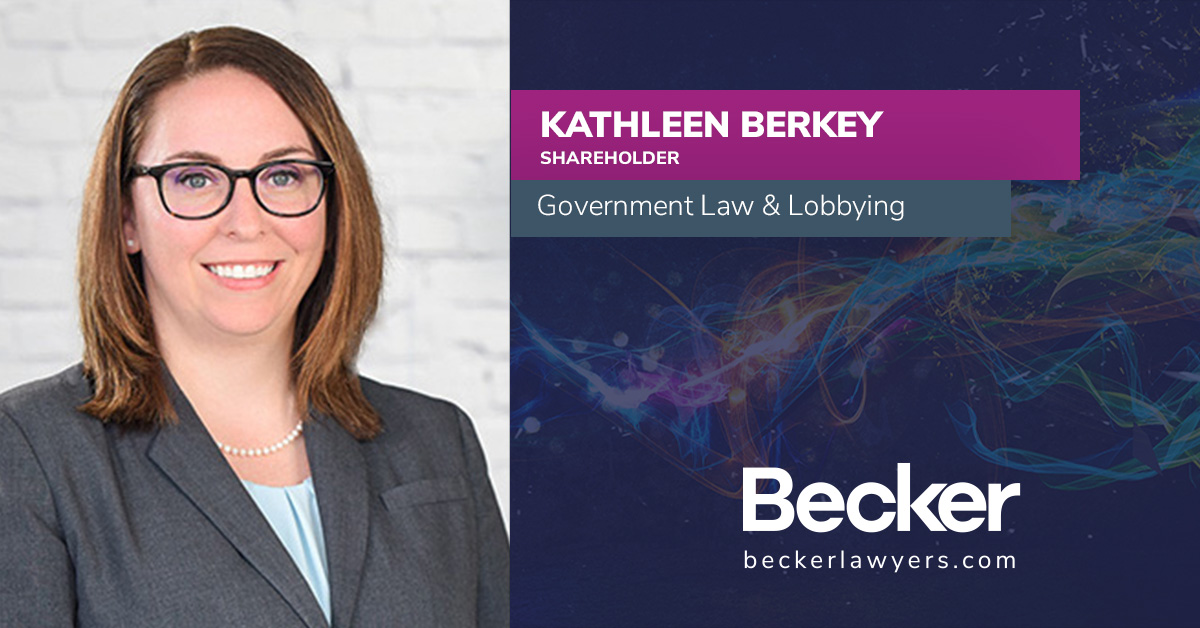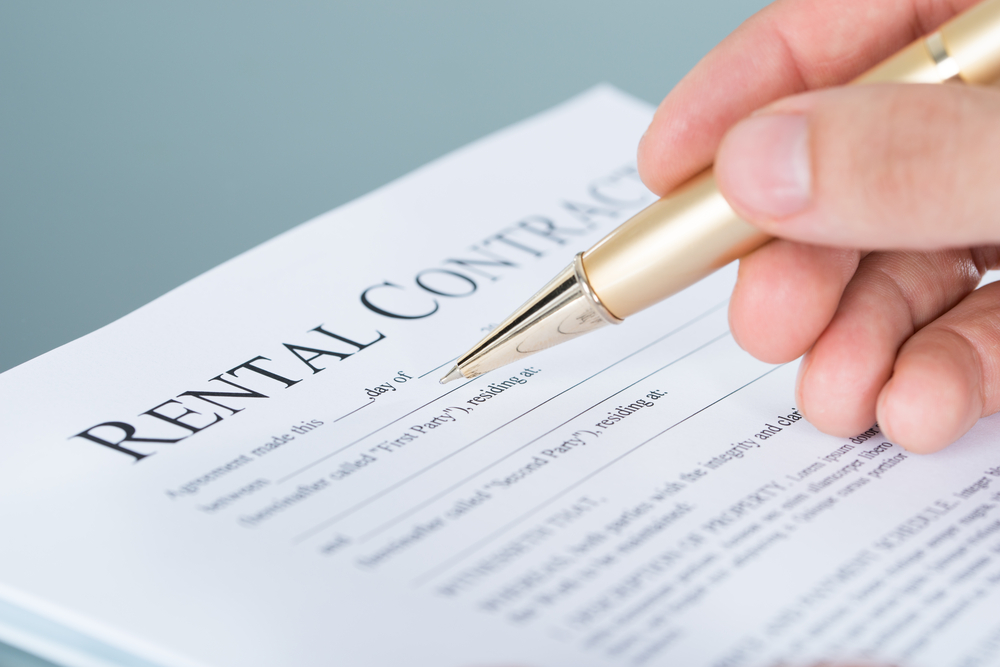
Changes Proposed to EB-5 Program
As a real estate attorney, the EB-5 investment program has always interested me. I can’t say that I understand all of the nuances of the program from an immigration stand point. I know that foreign investors like the program as it is a great path to a green card. But my clients aren’t looking for green cards. They are looking for capital and sometimes, EB-5 investment is a good way to complete a project. When this is the case, I call in an EB-5 expert to set up the program. This is not something that I have studied or become proficient in.
I do know that the EB-5 program is scheduled to sunset on September 30 and it has many detractors. Even the proponents of the program acknowledge that some reform is necessary. Therefore, Representative Bob Goodlatte (R-VA), Chairman of the House Judiciary Committee, recently sponsored H.R. 5992, The American Job Creation and Investment Promotion and Creation Act of 2016 (the “Job Creation Act”) which would re-authorize the EB-5 program for 5 years, with some fairly significant changes. Some of these changes could have repercussions in the real estate industry. I won’t attempt to high light all of the changes, nor will I endeavor to discuss the many fine points of the bill which are technical. But, there are a few points which deal with how real estate deals are financed and with job creation.
Critics of EB-5 believe that the program is subject to wide spread abuse and fraud. Many, like Congressman Goodlatte and his co-sponsor, Representative John Conyers (D-MI), Senate Judiciary Chairman Chuck Grassley (R-IO) and Senator Patrick Leahy (D-VT) believe that with reform, the program serves vital purposes. However, others, like Senator Diane Feinstein (D-CA), believe that the program is so corrupt that it should be ended permanently.
The major change to the program proposed by the Job Creation Act that will affect real estate is the minimum amount of investment that will be required to secure green cards. In areas of high unemployment, the minimum investment required would increase from $500,000 to $800,000. In areas of low unemployment, the minimum investment required would increase from $1,000,000 to $1,200,000. The more interesting amendment to the rules is that these minimum investments would be retroactive to June 1, 2015. Therefore, any investor who has committed to the lower amounts dating back to June 1, 2015 would now be required to invest the higher amounts, notwithstanding the stage of their applications. However, despite the new minimum investment requirements, the bill does not come with additional green cards. So, though more money should be invested in the U.S., no new permanent residents will be admitted to the U.S. These higher minimums and the retroactive requirements could likely have a chilling affect on investors. Developers fear that projects already under construction will lose investors, causing delays or even bankruptcy as investors withdraw their funds. Real estate markets, particularly in Los Angeles, New York and Miami, will suffer.
The bill shores up some of the program’s current weakness by strengthening language related to Targeted Employment Areas (TEAs). These are the high unemployment areas where Congress encourages developers and investors to focus their efforts. More visas will be available in these areas. Jobs and real estate investment in high unemployment areas leads to economic redevelopment and recovery. It also means investment in projects other than luxury condominiums and hotels and the shifting of resources outside of the traditional markets. The question is whether foreign investors will be attracted to these markets.
The bill has not yet been marked up and it is assumed that a continuing resolution will be passed to extend funding through the middle of December while House and Senate leaders work out the details of the Job Creation Act. The EB-5 industry is lobbying hard on this. But the real estate industry should be paying close attention.




No Comments
Sorry, the comment form is closed at this time.